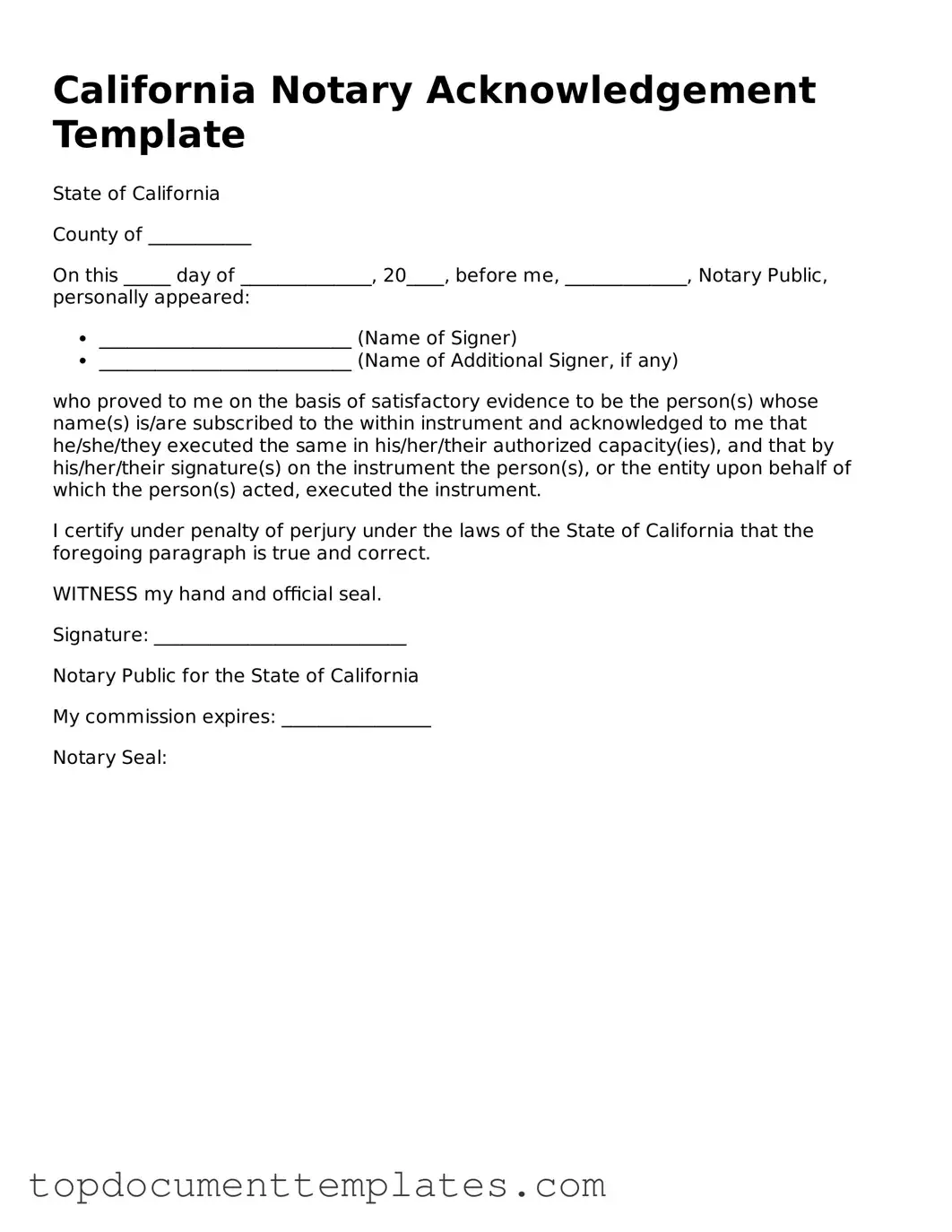Samples of Notarized Documents
- A Notary Acknowledgment can enhance the overall integrity of the document.
Sworn to Before Me This Day of
- A qualified notary public is essential for completing an acknowledgment form correctly.
An Employee Handbook form serves as a crucial document that outlines a company's policies, procedures, and expectations for its employees. This guide provides clarity on workplace norms and legal obligations, ensuring both staff and management are on the same page. For those looking to create or enhance their employee handbook, resources such as OnlineLawDocs.com can be incredibly beneficial. Having a comprehensive and up-to-date handbook is essential for fostering a positive and productive work environment.
Florida Notary Statement
- This form often requires the date of the signing.
Notary Template Word
- A notary acknowledgment assures all parties that the transaction is being handled appropriately.
